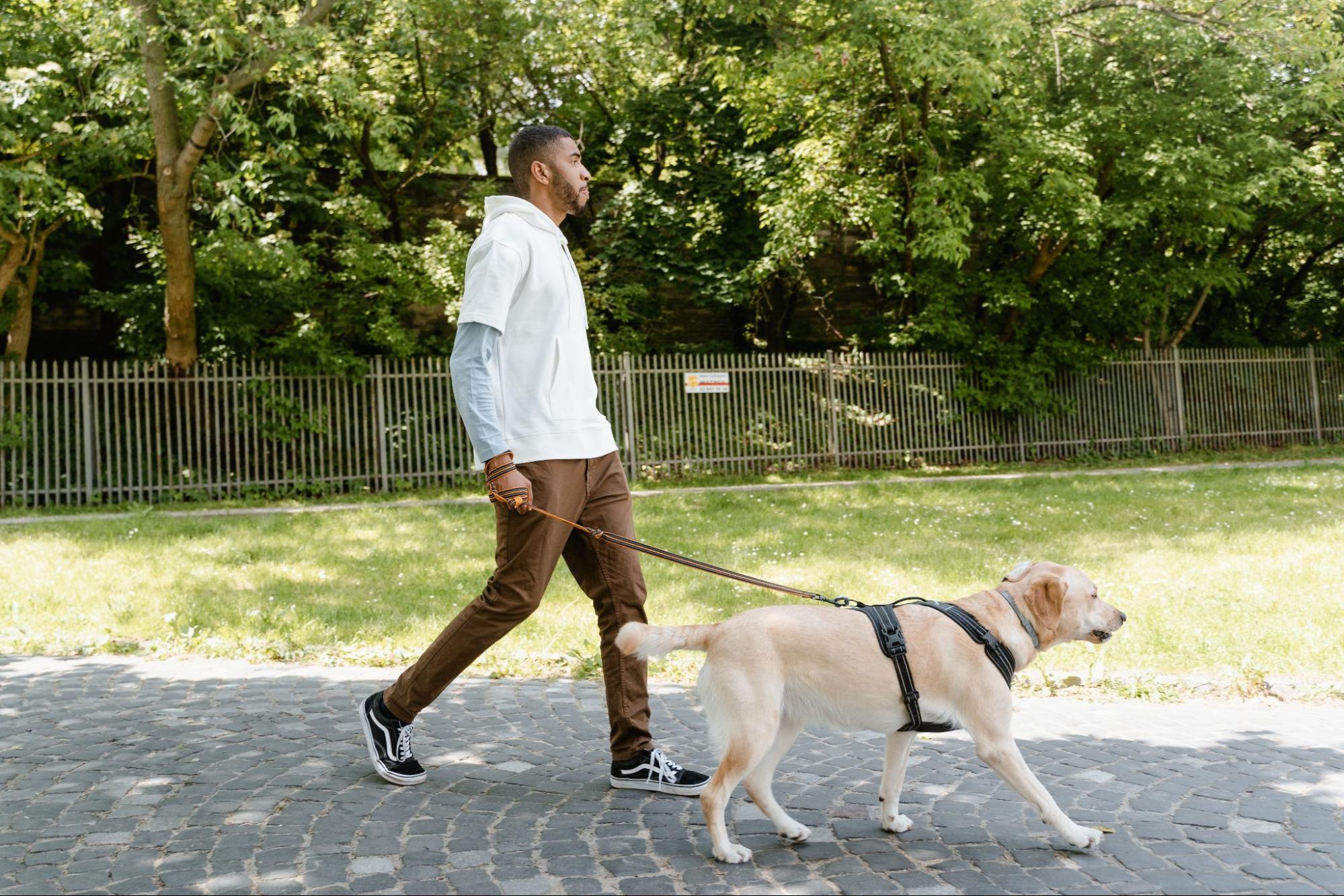How to Train a Dog to Pee
Potty training your Labrador can be a daunting task, but with the right tips and techniques, it doesn’t have to be. Before I dive into the specifics of how to train a dog to pee outdoors, it’s crucial to understand that patience is key. Just as every child learns at their own pace, so does every pup.
If you’re just getting started with potty training your labrador or you’ve hit a roadblock in the process, don’t worry. I’ve been there and I know what works and what doesn’t when it comes to potty training these intelligent dogs.
In this article, I’ll share my proven strategies for successfully potty training Labradors. These are not just tips; they’re practical steps that will help you establish good bathroom habits for your pet from day one. From recognizing the signs when your dog needs to go out to establishing a routine that works for both of you – we’ll cover it all! So let’s dive in.
Understanding Your Labrador’s Bathroom Habits
Let’s get down to business – understanding your Labrador’s bathroom habits. The first step towards successful potty training is really getting to know your furry friend and their needs. Labradors, like all dogs, have unique patterns when it comes to doing their business.
From the very start, remember that puppies need to go more often. They usually need a bathroom break every 1-2 hours. With age, this urgency decreases and adult Labs can hold it in for up to eight hours. However, bear in mind that holding it for long periods isn’t good for them and regular breaks are necessary.
One key aspect of a Labrador’s bathroom behavior is that they’ll often want to eliminate after certain activities:
- After waking up
- After playing
- After eating or drinking
Now let’s take a moment and consider the signs your Lab might give you when they need to go out. This can vary from dog to dog but common indicators include pacing around the house, whining or barking at the door, sniffing around excessively, or even going as far as circling an area before squatting.
Remember that consistency is key during potty training – having a set routine helps your Lab understand what is expected of them. It’s crucial not only sticking to feeding times but also letting them out at regular intervals – immediately after waking up, after meals, after playtime and before bedtime.
Finally, bear in mind how weather affects your Labrador’s bathroom habits too! Cold or rainy conditions might discourage them from wanting to go outside while warmer weather could lead to more frequent urination due to increased water intake.
Understanding these nuances about your Labrador’s bathroom habits will make potty training less daunting for both of you! All these tips will help you train your dog effectively on where and when they should pee.
Signs That Your Labrador Needs to Pee
Ever wondered how you’d know when your labrador needs to pee? Let’s delve into some telltale signs. Remember, one of the vital tips for potty training your Labradors is understanding their signals.
Often, puppies show certain behaviors when they need to go. These include:
- Pacing around nervously.
- Excessive sniffing in a particular area.
- Circling or squatting frequently.
It’s essential that I point out – these signs aren’t cast in stone. Every dog is unique and might exhibit different cues. An important part of learning how to train a dog to pee is paying attention and getting familiar with your pet’s specific habits.
In addition, timing plays a significant role here. If it’s been over four hours since your pup last emptied its bladder, there’s a good chance it needs to head outside again soon. Younger Labs can’t hold their bladders as long as adults can, so they’ll need more frequent breaks.
It may also be helpful to watch out for changes in behavior after eating or drinking large amounts of water. Often, dogs will need to relieve themselves 10-30 minutes after consuming food or water.

Establishing a Potty Training Schedule for Labradors
When it comes to potty training your Labrador, consistency is key. I can’t emphasize this enough – a regular schedule isn’t just helpful; it’s crucial. Different puppies may require different schedules, but generally, you’ll want to take your pup outside after meals, first thing in the morning and last thing at night.
Let’s break down an ideal day:
- Morning: First up, there’s no time to waste once you’re awake. Bring your puppy outside right away. They’ve been holding it all night and will likely need to go as soon as possible.
- Meal Times: After each meal, give them some time to digest – 15-30 minutes should do the trick – then head outdoors. Eating stimulates bowel movements in dogs just like in humans.
- Before Bed: The last trip out should be right before bed. This helps ensure they won’t have an accident during the night (and save you some clean-up).